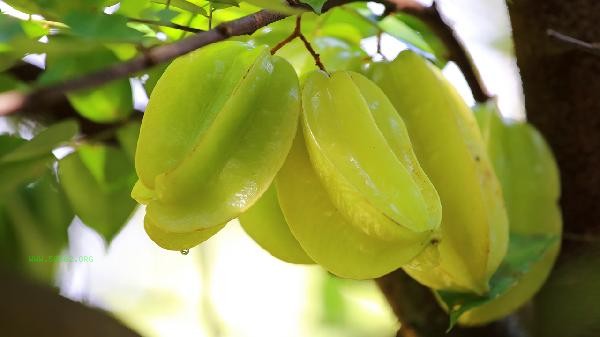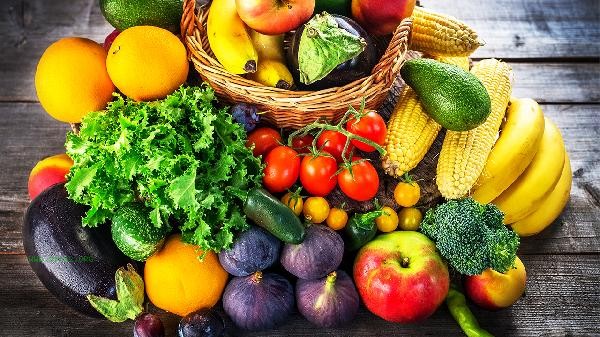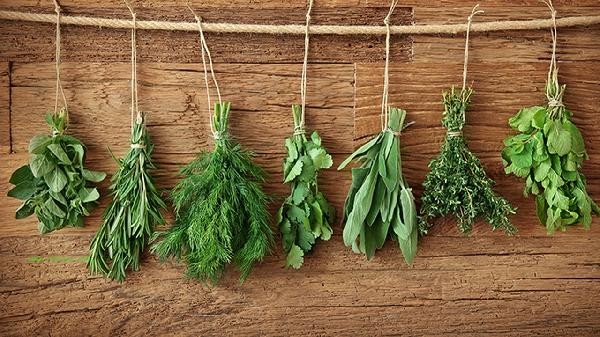When selecting fruits, it is necessary to pay attention to key indicators such as appearance, aroma, and texture based on the variety characteristics. Different fruits have their own mature characteristics and quality judgment standards.

1. Apples
High quality apples have smooth skin without dents or black spots, and a green stem indicates high freshness. Red Fuji and other varieties should be chosen for their uniform and bright colors, while green apples are best for their emerald green color with a slight yellow tint. Lightly press the flesh to ensure moderate elasticity, as it may be too soft and overripe. Mature apples emit a fresh fruity aroma, but if they have a fermented taste, they may rot internally.
2. Bananas
When selecting bananas, observe that the connection between the stem should be intact and not broken, and a small amount of brown spots on the surface indicate sufficient sugar conversion. Yellow without spots is suitable for storage, and those with spots should be consumed as soon as possible. Avoid choosing bananas with sharp edges, as they are usually not fully ripe. If the stem of the banana is blackened or the epidermis is extensively darkened, it has already matured excessively.
3. Watermelon
The bottom of a mature watermelon that touches the ground is milky yellow, and when lightly tapped, it makes a dull thumping sound. Varieties with clear stripes require distinct color differences, while varieties without stripes depend on the glossiness of the skin. Melodies that wither, curl, and attach small segments of vines usually mature naturally. Overly heavy may contain too much water, while too light may cause fibrosis.

4. Grapes
The fresh grape stem is bright green and flexible, and the evenly distributed white frost is a quality indicator. Shaking the fruit skewers lightly without significant shedding indicates freshness. Dark colored varieties such as Jufeng require uniform color and no half red or half blue phenomenon. Seedless grape granules are usually small, and abnormal swelling may require the use of swelling agents.
5. Mango
Mature mangoes can smell a strong sweet aroma near the stem, and the appearance of a small amount of oil spots on the skin is a sign of high sugar content. Taiwanese mangoes should be selected in orange yellow with a red hue, while Kate mangoes are preferred in deep yellow. There is a slight sinking sensation when lightly pinching the fruit shoulder, and if it is hard, it needs to be ripened later. Black resin like discharge on the epidermis is a normal phenomenon.

For daily fruit selection, it is recommended to prioritize local seasonal products to reduce the impact of long-distance transportation on flavor. After purchase, store the fruits according to their characteristics. Berries need to be refrigerated, while tropical fruits can be stored at room temperature. Rinse the surface of pesticide residues with running water before consumption, and peel fruits with skin as much as possible before consumption. Special groups such as diabetes patients need to control the intake of high sugar fruits, and gastrointestinal sensitive people should avoid eating acidic fruits on an empty stomach. Establish a concept of food diversity and rotate different types of fruits every week to obtain more comprehensive nutrients.








Comments (0)
Leave a Comment
No comments yet
Be the first to share your thoughts!